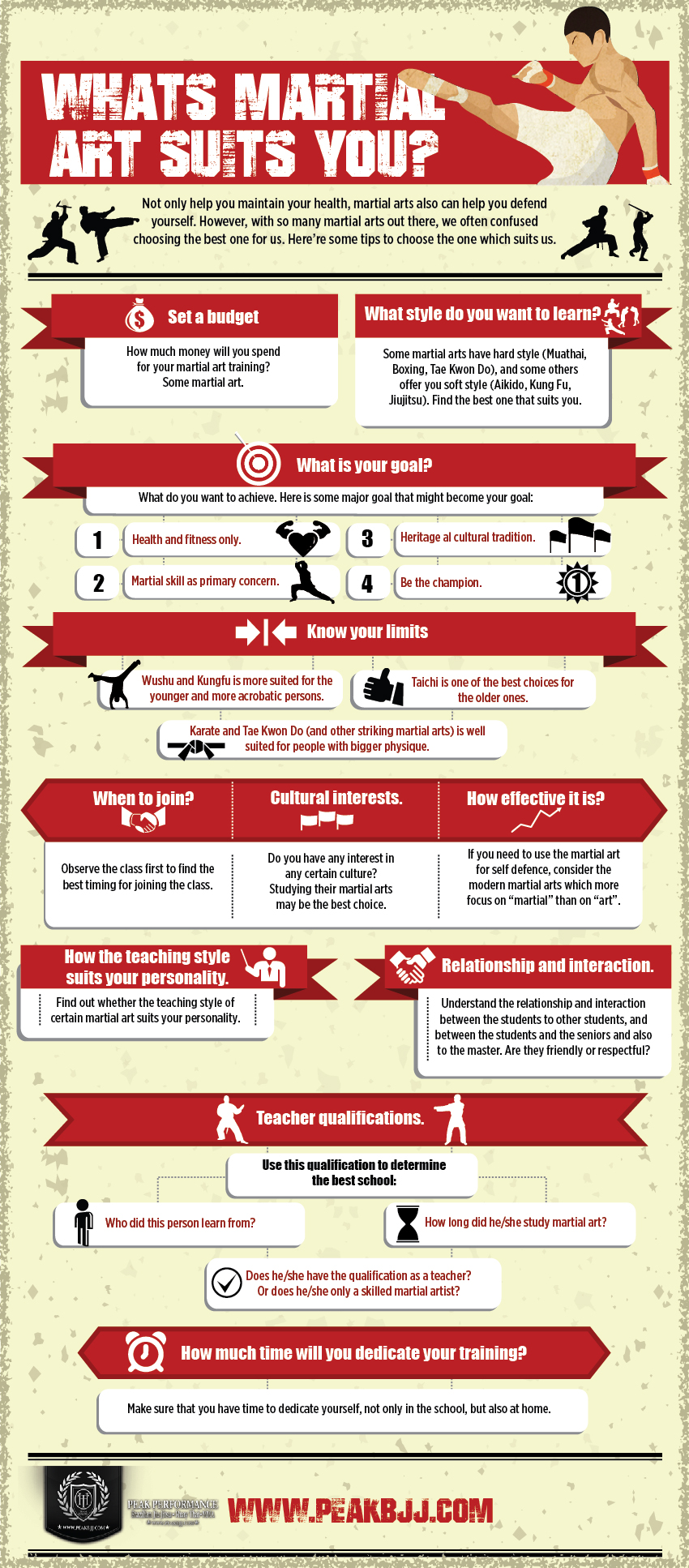The History And Evolution Of Martial Arts Worldwide
The History And Evolution Of Martial Arts Worldwide
Blog Article
Written By-Wilcox Workman
Martial arts have an interesting background that covers centuries and continents. You might locate it interesting just how ancient practices like Shuai Jiao and Kalaripayattu prepared for modern battle strategies. These self-controls not only emphasize physical abilities but also show the societies that birthed them. As you explore their evolution, think about how globalization has transformed these standard kinds right into crossbreed styles. What influences do you assume have shaped today's martial arts landscape?
Ancient Martial arts: The Foundations of Fight
As you delve into the globe of old martial arts, you'll find the abundant foundations that formed battle techniques throughout societies. Very early methods concentrated on Self-Defense and survival, typically including strikes, hurting, and weapons.
In old China, as an example, techniques like Shuai Jiao stressed throws and joint locks, while India's Kalaripayattu showcased dexterity and fluid motion. Japanese samurai created Kenjutsu, a refined swordsmanship that highlighted discipline and approach.
These martial arts offered not just for battle but likewise as a way of personal development, instilling values like respect and determination. The blending of these strategies over time laid the groundwork for the varied martial arts you see today, each showing the distinct viewpoints and demands of its culture.
The Cultural Impact on Martial Arts Growth
While martial arts typically mirror the useful needs of a culture, they likewise embody the social values and ideas of their origins. When you check out various martial arts, you'll discover just how they're influenced by religion, ideology, and social standards.
For example, the emphasis on regard and discipline in Japanese martial arts stems from Zen Buddhism and samurai culture. On the other hand, Brazilian Jiu-Jitsu advertises adaptability and strategy, shaped by the demand for performance in a varied, modern setting.
You could locate that the rituals, attires, and training methods reflect an area's history and identification. By comprehending these cultural impacts, you strengthen your recognition of martial arts and their duty in shaping human experiences across the globe.
Modern Adaptations and the Globalization of Martial arts
Martial arts have actually transformed dramatically in current years, adapting to modern culture and global influences. You'll notice that conventional kinds have blended with modern-day strategies, developing hybrid styles like mixed martial arts. These adjustments satisfy varied target markets, making martial arts available and appealing worldwide.
With the rise of social media sites and electronic platforms, you can locate tutorials and competitions from all edges of the globe, breaking geographical obstacles. brazilian martial arts has actually caused a common recognition for different self-controls, from Brazilian Jiu-Jitsu to Taekwondo.
As you engage with these arts, you'll understand they're not practically combat; they promote fitness, discipline, and mental health.
Ultimately, contemporary adjustments have actually enhanced the martial arts landscape, making it a vibrant and developing technique.
Final thought
In exploring the history and evolution of martial arts, you discover an interesting mix of methods, cultures, and ideologies. From ancient self-controls like Shuai Jiao and Kalaripayattu to the contemporary flexibility seen in mixed martial arts, martial arts show humankind's mission for Self-Defense and individual growth. As you engage with these techniques, you not only acquire skills however also a deeper recognition for the diverse customs that form our globe today. So, continue https://bestmartialartsforkicking54331.blogdun.com/35748753/injury-prevention-tips-for-intensive-martial-arts-training and accept the art of combat!
